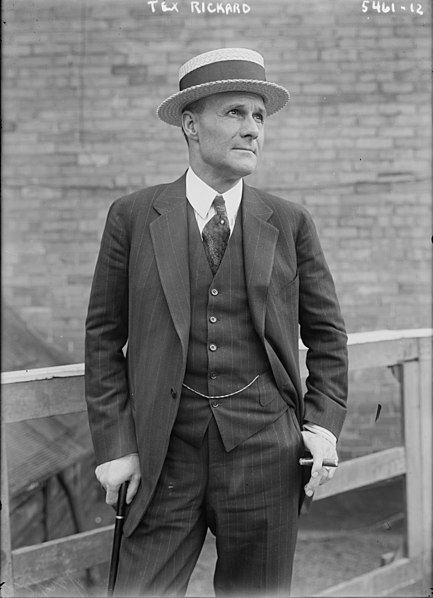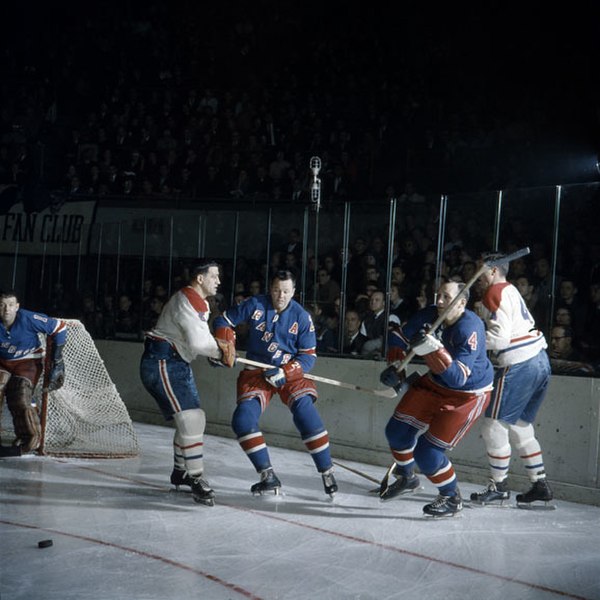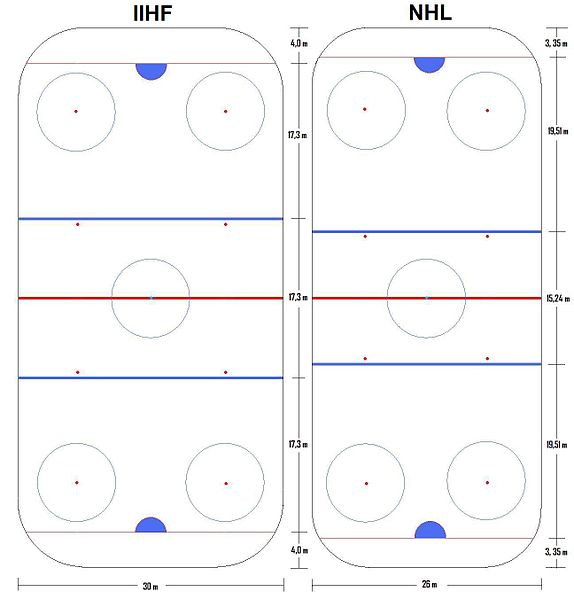The New York Rangers are a professional ice hockey team based in New York City. The Rangers compete in the National Hockey League (NHL) as a member of the Metropolitan Division in the Eastern Conference. The team plays its home games at Madison Square Garden, an arena they share with the New York Knicks of the National Basketball Association (NBA). They are one of three NHL franchises located in the New York metropolitan area; the others being the New Jersey Devils and New York Islanders.
Tex Rickard, president of Madison Square Garden, was awarded the Rangers in 1926.
The Bread Line was the Rangers' first notable line. Consisting of Bill Cook, Bun Cook and Frank Boucher, they played together from 1926 to 1937.
Jean Ratelle played with the Rangers from 1960 to 1975.
Marcel Dionne, who signed with Rangers in the 1986 off-season, in 1987
The National Hockey League is a men’s professional ice hockey league in North America comprising 33 teams – 26 in the United States and 7 in Canada. The Stanley Cup, the oldest professional sports trophy in North America, is awarded annually to the league playoff champion at the end of each season. The NHL is one of the major professional sports leagues in the United States and Canada and is considered to be the top ranked professional ice hockey league in the world, with players from 17 countries as of the 2023–24 season. The International Ice Hockey Federation (IIHF) also views the Stanley Cup as one of the "most important championships available to the sport". The NHL is headquartered in Midtown Manhattan.
The Stanley Cup in 1930, several years after it became the de facto championship trophy for the NHL
A game between the Montreal Canadiens and the New York Rangers in 1962
Size difference between a hockey rink used in IIHF-sanctioned games and an NHL hockey rink
New Jersey Devils goaltender Martin Brodeur (top left) positions himself along the net during a 2008 game against the Boston Bruins. Brodeur's exploits led the NHL in 2005 to delineate the trapezoidal area behind the net to limit where the goaltender can legally play the puck behind the goal line.








